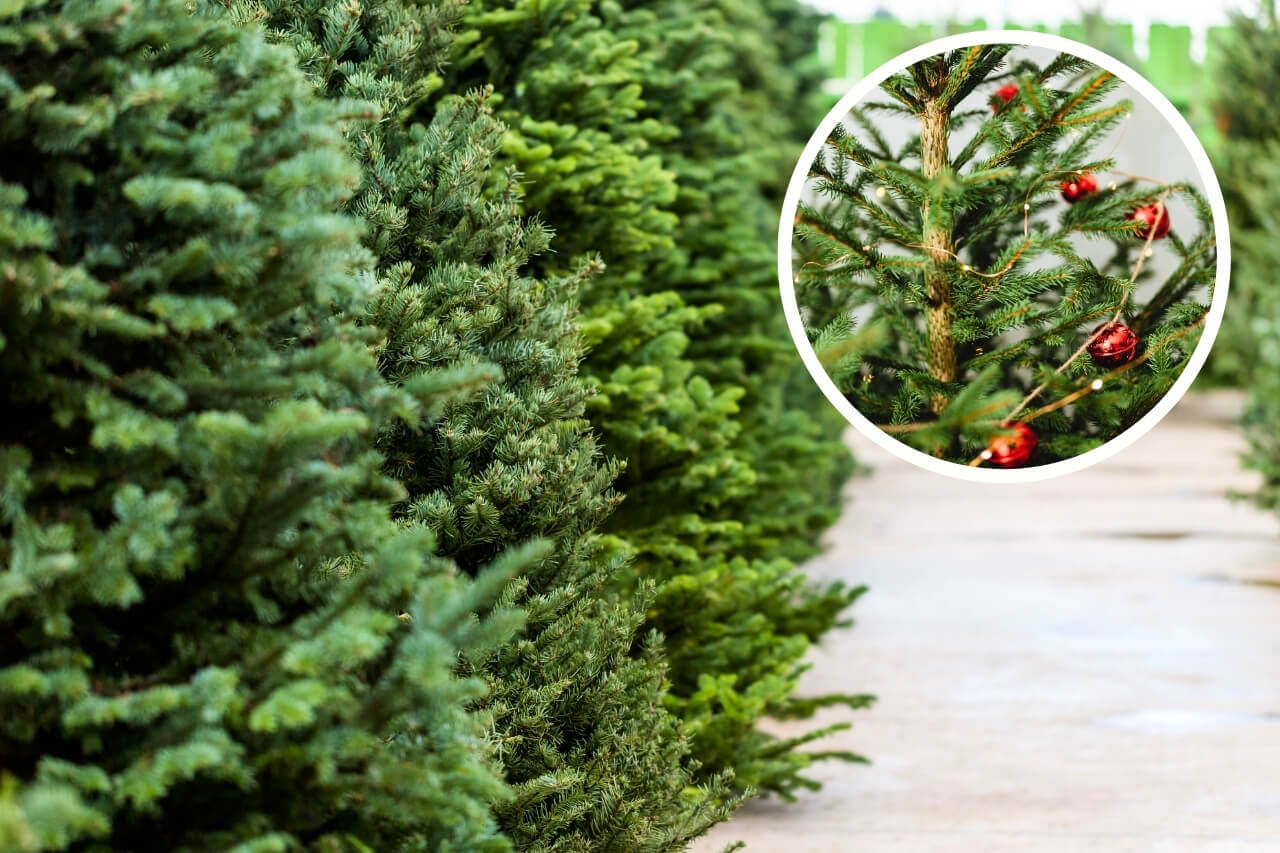Christmas is coming, so let’s chat about Christmas trees, one of those symbols that simply can’t be missing during the holidays.
Over the years, I’ve learned a few must-do checks that make the whole experience smoother (and save you from some “oops” moments).
And if you’ve got a fake tree, stick around for a few bonus tips that are important for them as well!
Unwanted Tiny Guests
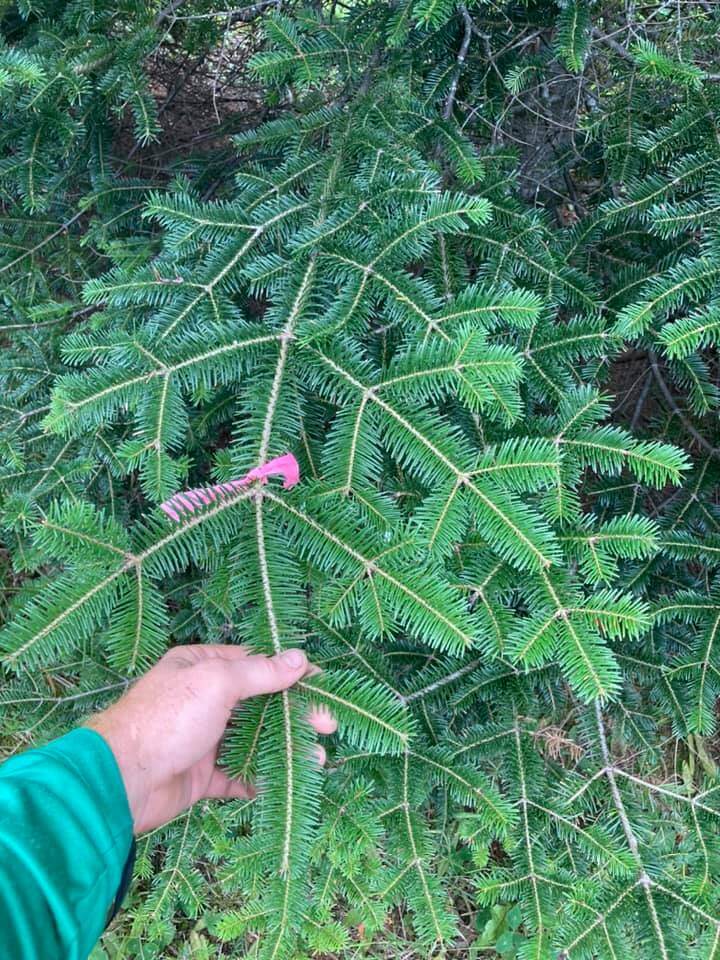
Before you drag that real tree into your living room, do a bug check.
I once had a little spider hitchhiker that gave me the shock of my life as I was innocently watering the tree.
Real trees can hide spiders, aphids, or even praying mantis egg cases (imagine 400 baby mantises hatching in your lounge, nope!).
To avoid any surprise critter parties, inspect the branches and trunk for any bugs, webs, or suspicious egg sacs.
A good shake outside is key too. Give the tree a hearty jiggle in the yard to evict any freeloaders before they become houseguests.
You can also let the tree hang out in the garage or on the porch for about a day before bringing it in; this “layover” gives any insects a chance to crawl away to freedom (rather than into your house).
Measure Twice, Move Once
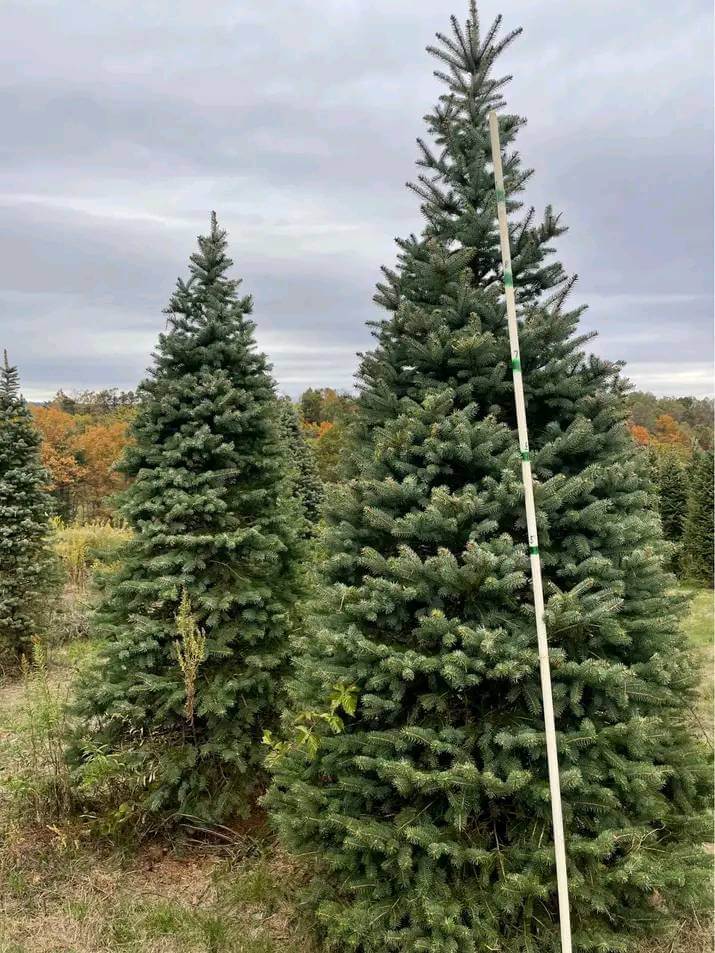
A few years ago, I fell in love with a beautiful tree that looked big in the store, but was not even that big.
Well, as we stood it up at home, the topper scrunched against the ceiling, and I ended up trimming the star and a few inches off the top.
Avoid my mistake: measure your tree’s height (and girth) before finalizing its spot. Make sure your ceiling height can accommodate the tree plus the topper.
It sounds obvious, but in the excitement of tree shopping, it’s easy to bring home an overachiever of a tree.
Also, double-check the tree’s width versus your doorways and the intended area, no one wants to scratch up walls or get stuck in a doorway.
Taking a minute to size things up will spare you the sweaty task of dragging a fully decorated tree a few feet to the left because it’s suddenly invading your TV space.
Give It a Fresh Cut
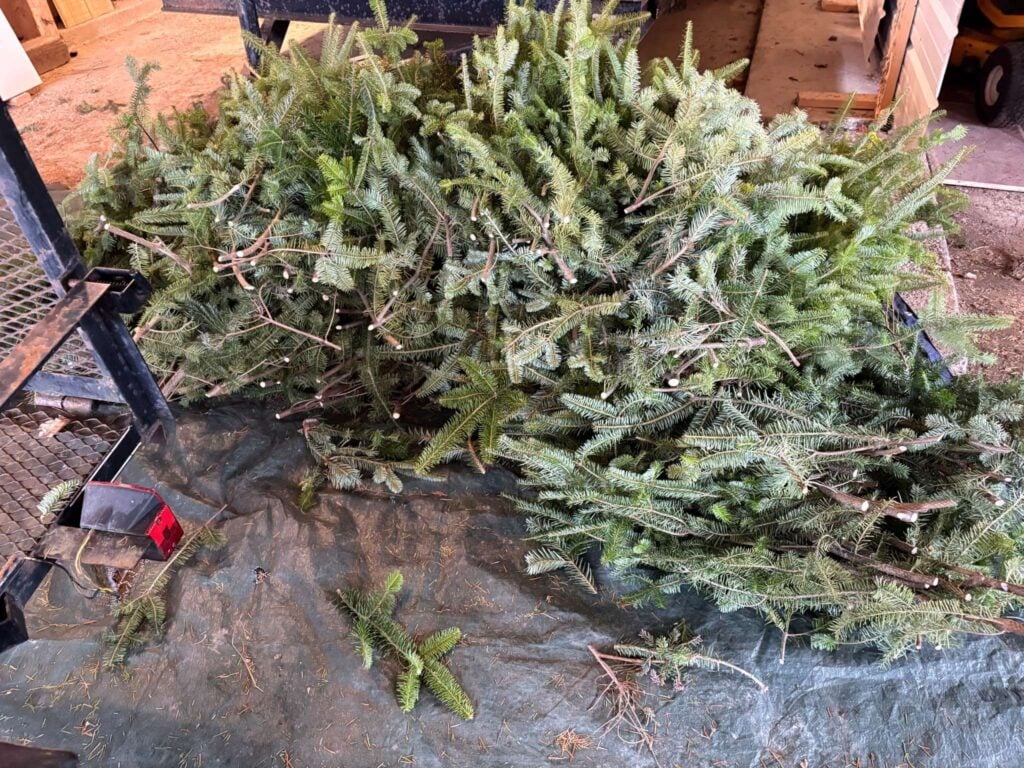
This is a must for real trees, and it’s something even plant enthusiasts (like me) might not realize is so important if you’re new to real Christmas trees.
Before your tree gets cozy in its stand, cut off about an inch from the trunk’s base.
Why? When a tree is first cut at the farm, sap starts sealing over the bottom, which can block it from drinking water.
By giving it a fresh cut (think of it like trimming stems on cut flowers), you reopen those “pipes” so the tree can guzzle water again.
I usually do this outside with a small saw. One year, I totally forgot and had to saw the trunk in my living room. Never again, sawdust everywhere!
Location, Location, Location
Choosing the right spot for your tree is like choosing a spot for a new houseplant, some places are just friendlier than others.
Avoid any heat sources like the plague. Keep your tree away from fireplaces, radiators, heating vents, or that super sunny window that turns your living room into a greenhouse at noon.
A friend of mine made the rookie mistake of placing her tree right next to a radiator; the poor tree’s one side dried out faster than the other, and it ended up looking like it got a bad perm on one side.
Heat will dry out a real tree incredibly fast (plus it’s a safety hazard), so find a cool, slightly out-of-the-sun spot where you can place it.
I personally aim for a corner that’s away from direct heat and not blocking any doorways. If you have floor heating vents, maybe close the one nearest the tree or redirect the airflow.
Security and Stability

Okay, once you’ve got the spot and the tree, it’s time to secure it. A wobbly Christmas tree is an accident waiting to happen, and nothing ruins holiday vibes like your tree toppling over mid-dinner.
Start with a good-quality tree stand, one that’s big enough for your tree’s trunk.
When buying it, remember that the best stands have a wide, deep water reservoir and sturdy screws or clamps.
Place your tree in the stand before cutting off the netting, it’s way easier to maneuver when the branches are tied up tight.
Have a helper hold the tree upright and tighten the screws gradually, moving from one screw to the opposite one in turns to keep the tree centered.
PRO TIP: If you have pets or curious kids, consider anchoring the tree to a wall or ceiling hook with a thin wire for extra security.
Water
I always say that Christmas trees are like really thirsty houseguests.
Water is life for a cut tree, and keeping the stand topped up is probably the most important daily check once it’s inside.
Start by filling that stand as soon as the tree is up. In the first week, your tree may slurp up water like crazy.
Some trees can drink up to a gallon of water on the first day indoors. Make it a habit to check the water morning and night for the first few days.
Once the tree settles, it’ll still need watering at least daily. Oh…and plain tap water is perfect, no need for sugar, or grandma’s secret mix; studies show fancy additives don’t really help.
Needle Drop and Freshness Checks
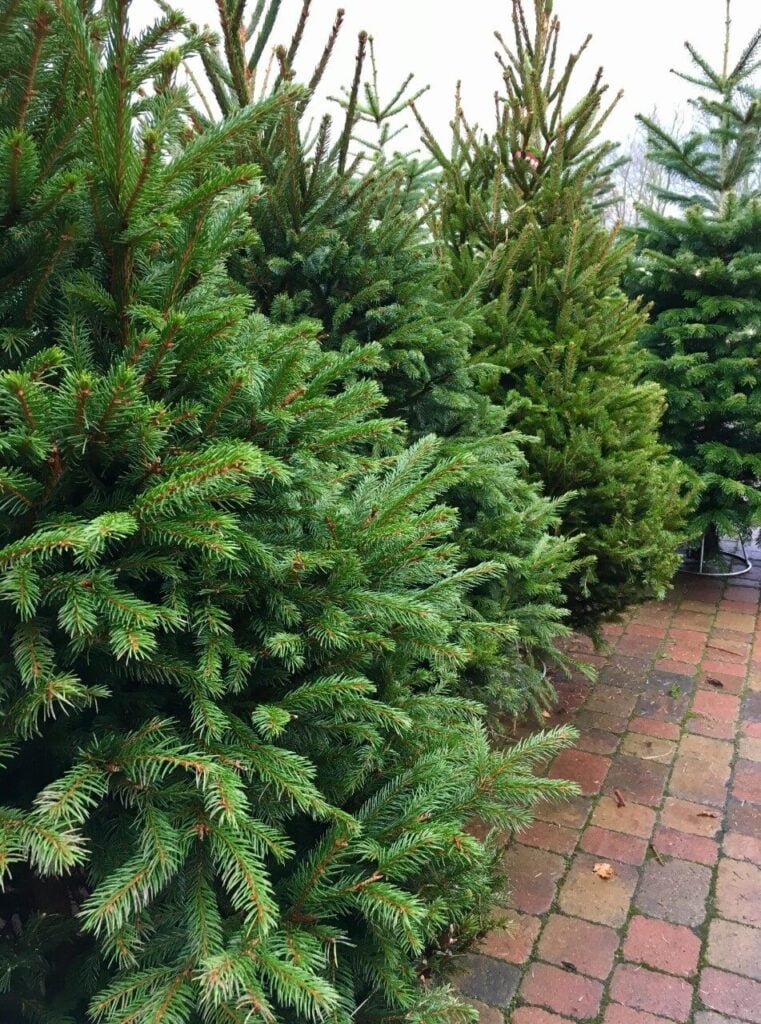
Even with great care, a real tree is going to drop some needles, that’s just part of the package.
But you want to keep an eye on how those needles are dropping. Right after you bring the tree in (before decorating), do a quick “needle test”: give a branch a gentle tug or run your hand down it.
If a bunch of green needles end up in your hand, that’s a red flag, a fresh tree should hold on tight to its needles.
Ideally, you did this test at the tree lot when picking it out, but I like to do it again after the tree has warmed up inside, just to be sure.
As weeks go by, monitor the needle situation. Some inner needles (especially brown, older ones) will shed, that’s normal.
But if you notice a sudden needle carpet on your floor or the tree looks visibly droopy/brittle despite regular watering, it might be drying out.
At that point, sadly, no amount of water will save it, and it could become a fire hazard. If that happens late in the season, it might be time to undecorate and send the tree off to the great mulch pile.
Things to Check If You Have an Artificial Tree
Fake trees are the best alternative if you’re looking for something that is low-maintenance.
However, there are still some essential things you have to check!
Before assembling your tree, give it a good cleaning. Fake trees love to collect dust (and who knows, maybe a spider or two decided to camp out).
Take each section outside for a gentle shake to knock off dust and any unwelcome critters.
You can also use a soft brush or vacuum on low with a brush attachment to get into the nooks and crannies.
This not only makes the tree look fresher but also helps with your allergies and keeps that musty storage smell away.
Another thing I always recommend is to test the lights before you do all the decorating magic.
Replace any burnt-out bulbs or fuses as needed and make sure all the wires and connections are in good shape.
I really want to emphasize this point. Every year, thousands of Christmas trees catch fire in people’s homes!
Safety first! If you see frayed wires or anything funky, fix or replace the set. Also, check that any extension cords are in good condition and not daisy-chained in a sketchy way.

